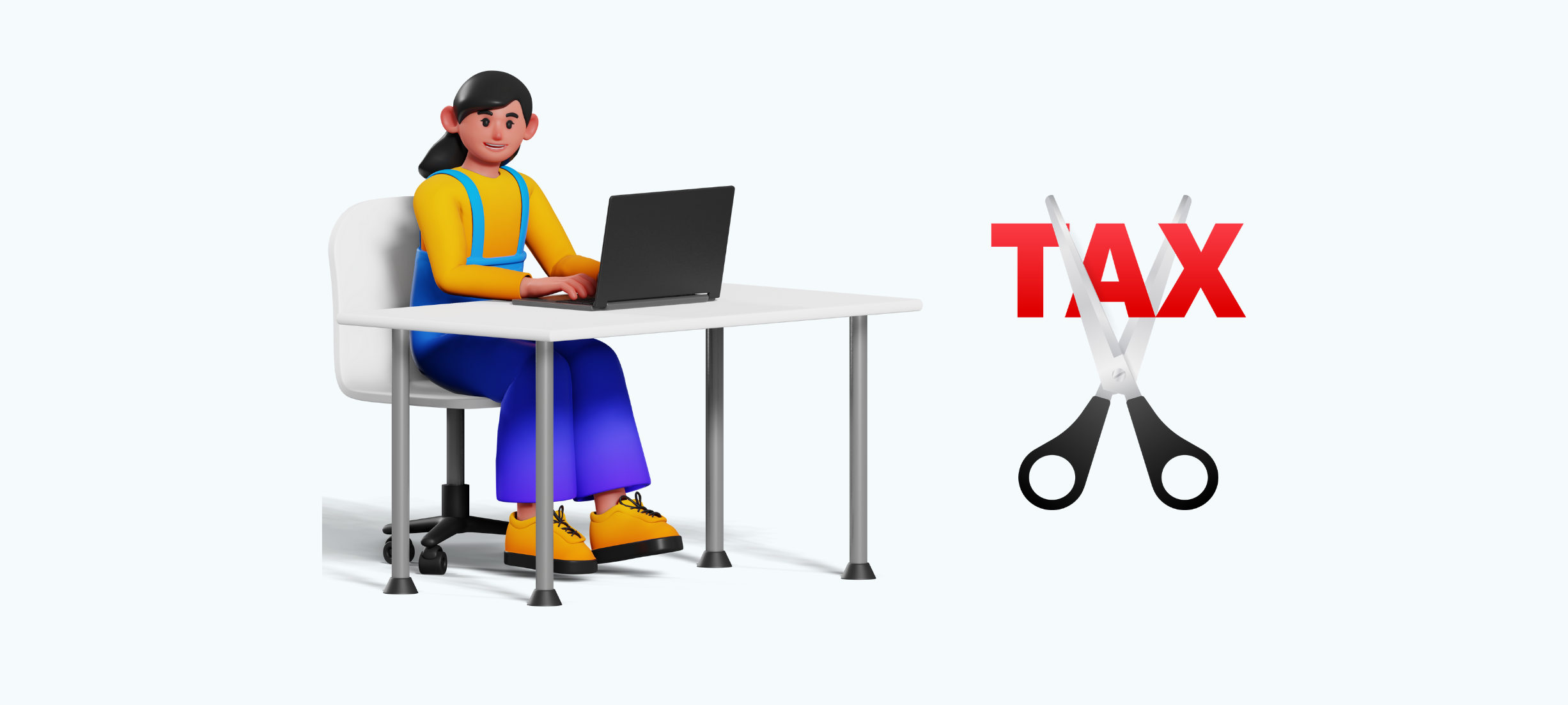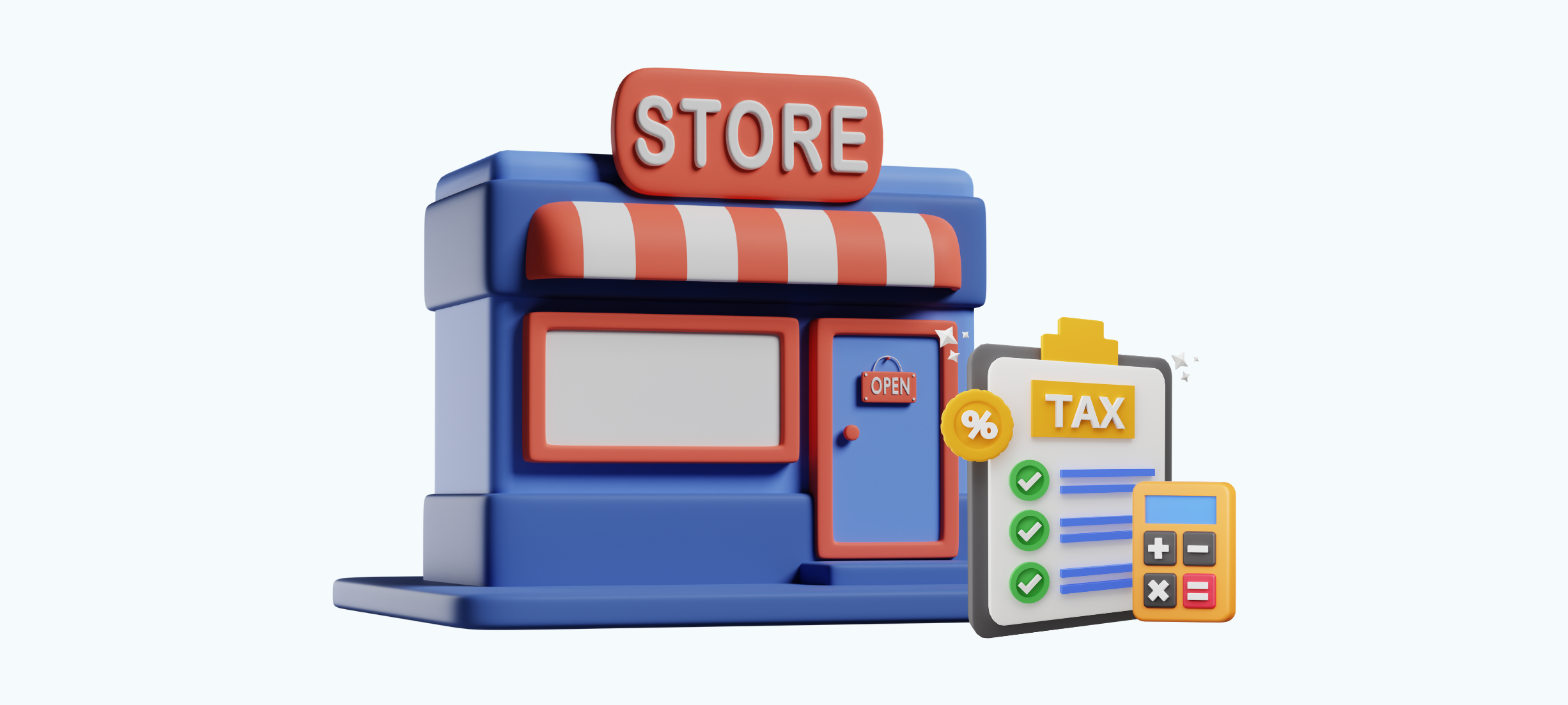Partnerships use Schedule K-1 to ensure that each partner accurately reports their share of the partnership's financial activity to the IRS. This form plays a crucial role in the partnership tax filing process, providing transparency and clarity regarding each partner's contributions and liabilities.
What is schedule K-1?
Schedule K-1 is a schedule of IRS Form 1065, U.S. Return of Partnership Income. It’s provided to partners in a business partnership to report their share of a partnership’s profits, losses, deductions and credits to the IRS.
You fill out Schedule K-1 is completed as a segment of your Partnership Tax Return, Form 1065, detailing the total net income of your partnership, Form 1065, which reports your partnership’s total net income.
Schedule K-1 is an important part of the partnership tax return process. It helps you and the IRS figure how big your piece of the pie is in the partnership and determines each partner’s taxable income—and by extension, tax liability.
Let’s check out the details:
1. Purpose of Schedule K-1
- Schedule K-1 serves as a critical component of the pass-through strategy allowed by the U.S. federal tax code.
- In this strategy, the tax liability shifts from the entity (such as a partnership or trust) to the individuals who have an interest in it.
- The entity itself does not pay taxes on earnings or income; instead, any payouts and associated tax obligations pass directly to the stakeholders.
2. Who uses Schedule K-1?
- Business partners, S corporation shareholders, and investors in limited partnerships and certain ETFs use Schedule K-1.
- It is usually issued by pass-through entities, which do not directly pay corporate tax on their income. Instead, they shift the tax liability (along with most of their income) to their stakeholders.
3. Reporting components
- A Schedule K-1 document is prepared for each relevant individual (partner, shareholder, or beneficiary).
- Partnerships file Form 1065, the partnership tax return, which contains the activity on each partner’s K-1.
- S corporations report activity on Form 1120-S.
- Trusts and estates report K-1 form activity on Form 1041.
4. Contents of Schedule K-1
- The K-1 form reports each participant’s share of the business entity’s:
- Gains
- Losses
- Deductions
- Credits
- Other distributions (whether they’re distributed)
5. Similarity to form 1099
- Schedule K-1 is similar to Form 1099 in that it reports dividends, interest, and other annual returns from an investment.
- Investments such as master limited partnerships (MLPs), real estate limited partnerships (RELPS), and certain exchange-traded funds (ETFs) routinely issue K-1s.
6. Issuance and timing
- Schedule K-1s should be issued to taxpayers no later than March 15 or the third month after the end of the entity’s fiscal year.
You have the option to directly obtain a sample version of Schedule K-1 (Form 1065) from the IRS website through downloading.
If you’re specifically looking for sample K-1 forms, here are some options:
1. Sample schedule K-1 (form 1065)
You can find a sample K-1 form on the IRS website. It provides detailed K-1 instructions and examples for each section of the form.
2. Other K-1 forms
- If you’re interested in other K-1 forms (such as those for S corporations or beneficiaries), you can explore the following:
- Schedule K-1 (Form 1041) for beneficiaries filing Form 1040 or 1040-SR.
- Schedule K-1 (Form 1120-S) for shareholders of S corporations.
Certainly! Let’s explore the difference between Schedule K-1 and Form 1065:
1. Form 1065 (U.S. return of partnership income)
- Purpose: Form 1065 is the partnership tax return filed by the partnership itself.
- Contents: It reports the overall activity, income, deductions, and credits of the partnership.
- Filing responsibility: The partnership entity files Form 1065.
- Audience: The IRS receives Form 1065 to assess the partnership’s tax liability.
2. Schedule K-1 (partner’s share of income, deductions, credits, etc.)
- Purpose: Schedule K-1 is prepared for each individual partner (or shareholder or beneficiary) within the partnership.
- Contents: It provides details specific to each partner, including their share of income, losses, deductions, and credits.
- Filing responsibility: Each partner receives a K-1 and includes the information on their personal tax return.
- Audience: Partners use Schedule K-1 to report their individual tax obligations related to the partnership.
Form 1065 represents the partnership, while Schedule K-1 breaks down the partnership’s activity for each partner. Both are essential for accurate tax reporting.
For more detailed information you can refer to the IRS Partner’s Instructions for Schedule K-1 (Form 1065)
Let’s check the details of who needs to file Schedule K-1 forms:
1.Business partnerships
- Partners: Owners of partnerships (including limited partnerships) must file Schedule K-1.
- Form 1065: Partnerships file Form 1065, the partnership tax return. Each partner’s share of income, losses, deductions, and credits is reported on their individual K-1 form.
- Tax obligations: Partners include this information on their personal income tax return (Form 1040).
2. S Corporations
- Shareholders: Shareholders of S corporations receive Schedule K-1.
- Form 1120-S: S corporations report activity on Form 1120-S.
- Pass-through taxation: S corporations don’t pay corporate tax; instead, shareholders report their share of income on their personal tax returns.
3. Beneficiaries of trusts and estates
- Trusts and estates: These entities issue Schedule K-1 to beneficiaries.
- Form 1041: Trusts and estates report K-1 activity on Form 1041.
- Income distributions: K-1 reports income distributions from trusts and estates to beneficiaries.
4. LLCs taxed as partnerships or S corporations
- Limited Liability Companies (LLCs) that choose to be taxed as partnerships or S corporations follow the same rules as mentioned above.
5. Investments requiring K-1s
- Certain investments, such as master limited partnerships (MLPs), real estate limited partnerships (RELPS), and specific exchange-traded funds (ETFs), routinely issue K-1s.
K-1 Allocation: Understanding Income Distribution in Partnerships
When it comes to partnerships, the allocation of profits and losses is a critical aspect. Here’s what you need to know about K-1 allocation:
1. Partnership agreements
- Each partnership creates its own partnership agreement.
- This agreement outlines how the partnership will allocate earnings, losses, and other financial items among its partners.
- The allocation method can vary significantly from one partnership to another.
2. Profit and loss sharing
- Partnerships distribute profits and losses based on the terms specified in the agreement.
- Common methods include:
- Pro rata: Partners receive their share based on their ownership percentage.
- Special allocations: Partners may have different roles or contributions, leading to customized allocations.
- Target allocations: Specific partners receive priority distributions until a certain profit threshold is reached.
3. Items subject to allocation
K-1 allocation covers various financial items, including:
- Ordinary business income
- Interest income
- Guaranteed payments
- Capital gains and losses
- Charitable contributions
Remember, K-1 allocation is a fundamental aspect of partnership taxation. Partnerships should define clear allocation rules in their agreements, and partners must accurately report their share of income.
Self-employment tax and Schedule K-1
1. What is self-employment tax?
Self-employment tax is a tax paid by individuals who work for themselves (e.g., freelancers, sole proprietors' partnership). It covers Social Security and Medicare taxes.
2. Self-employment tax and K-1 income
Generally, a partner’s share of ordinary income reported on a Schedule K-1 from a partnership is subject to self-employment tax.
- However, there are exceptions:
- Limited partners: They don’t pay self-employment tax on their distributive share of partnership income.
- General partners: They are subject to self-employment tax on their distributive shares of income.
3. Reporting self-employment tax
- Use Schedule SE (Form 1040) to report self-employment tax.
- Calculate it based on your net earnings from self-employment (including K-1 income).
Remember to consult a tax professional for personalized advice related to your specific situation.
How does Schedule K-1 affect personal taxes?
- A K-1 form can affect your taxes in two ways: It can either increase how much you owe or give you a deduction.
- If the K-1 shows income, it will probably increase your taxes for the year.
- But if it shows a loss, like if you invested in a partnership that didn't do well, it might lower your taxes.
- For example, let's say a partnership loses $40,000 each in the first two years but makes a profit of $200,000 in the third year. The partnership won't pay taxes for the first two years because of the losses. In the third year, it's taxed on $120,000 of profit. Then, that profit gets divided among the partners and taxed based on their individual tax rates.
- If a partnership has a loss for the year, partners can use that loss to lower their taxes in future years when the partnership makes a profit. They can keep using these losses year after year until they're all used up.
How BookkeeperLive can help you?
Filing partnership taxes can be a confusing mess, especially with the K-1 form full of numbers and codes. But worry no more! BookkeeperLive is here to help you navigate the whole process with ease.
Our tax experts understand K-1s like the back of their hand. We'll explain what each part of the form means in simple terms, answer your questions clearly, and make sure you claim all the deductions you deserve.
Forget stressing over confusing forms and calculations. BookkeeperLive's accounting and tax preparation service takes care of everything, so you can focus on what you do best - running your business.
Get in touch with us today and say goodbye to partnership tax anxiety! Let us handle the K-1 hassle while you relax and enjoy the peace of mind knowing your taxes are done right.
FAQs
1. Who needs to file a Schedule K-1?
Any individual owning an interest in a partnership that files Form 1065 needs to receive a K-1 reporting their share of income, deductions, and credits.
2. When is the deadline to file K-1?
The deadline for partnerships to file Form 1065 (including K-1s) is the 15th day of the third month following the partnership's tax year end.
3. What if I don't receive my K-1?
Contact your partnership immediately. It's crucial to include your K-1 information when filing your personal tax return.
4. Do I need a separate tax return for my partnership income?
No, your partnership income flows through to your personal return using the K-1 information.
5. Are there special tax considerations for foreign partners?
Yes, depending on your residency and visa status. Consult a tax professional if you're a foreign partner.





